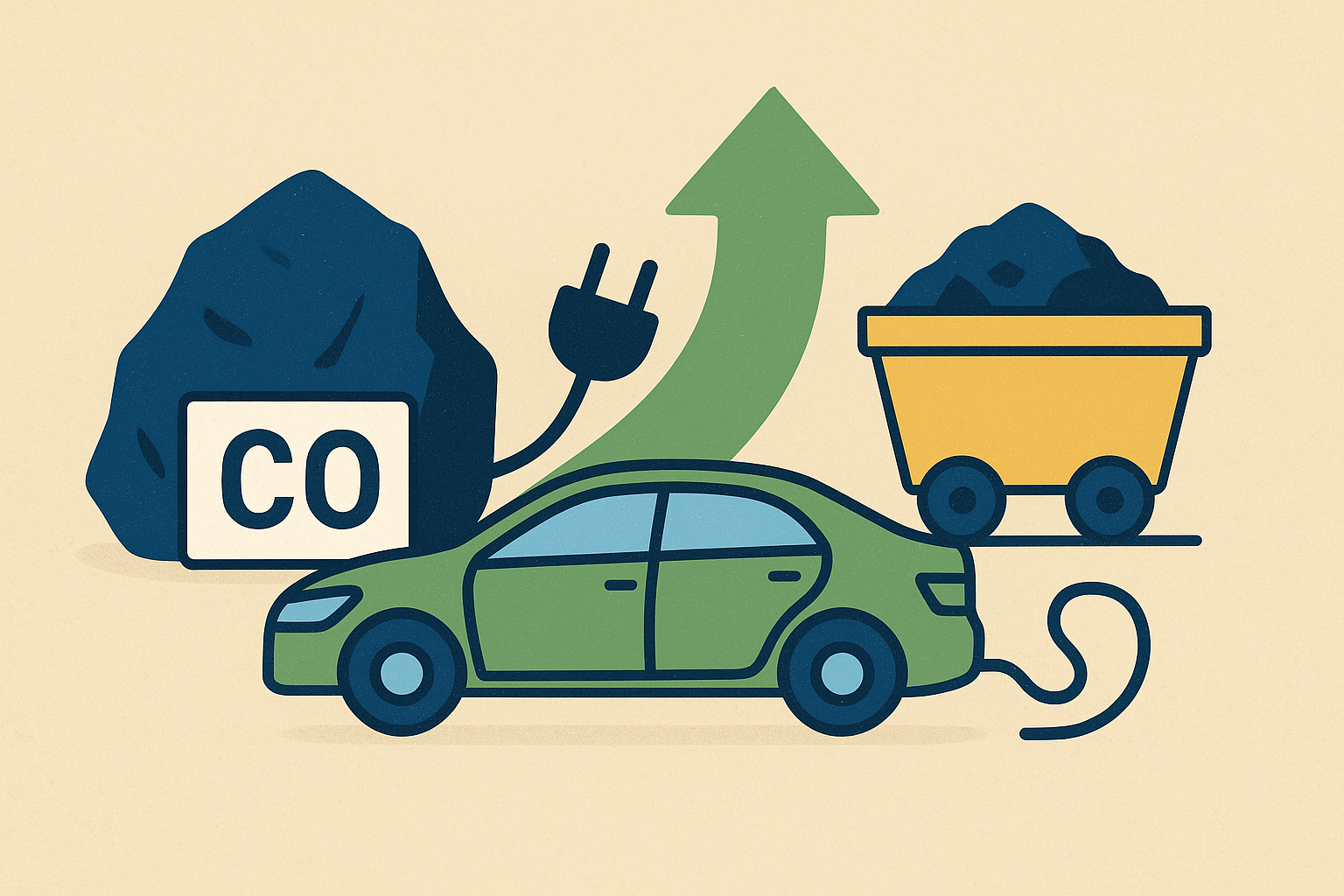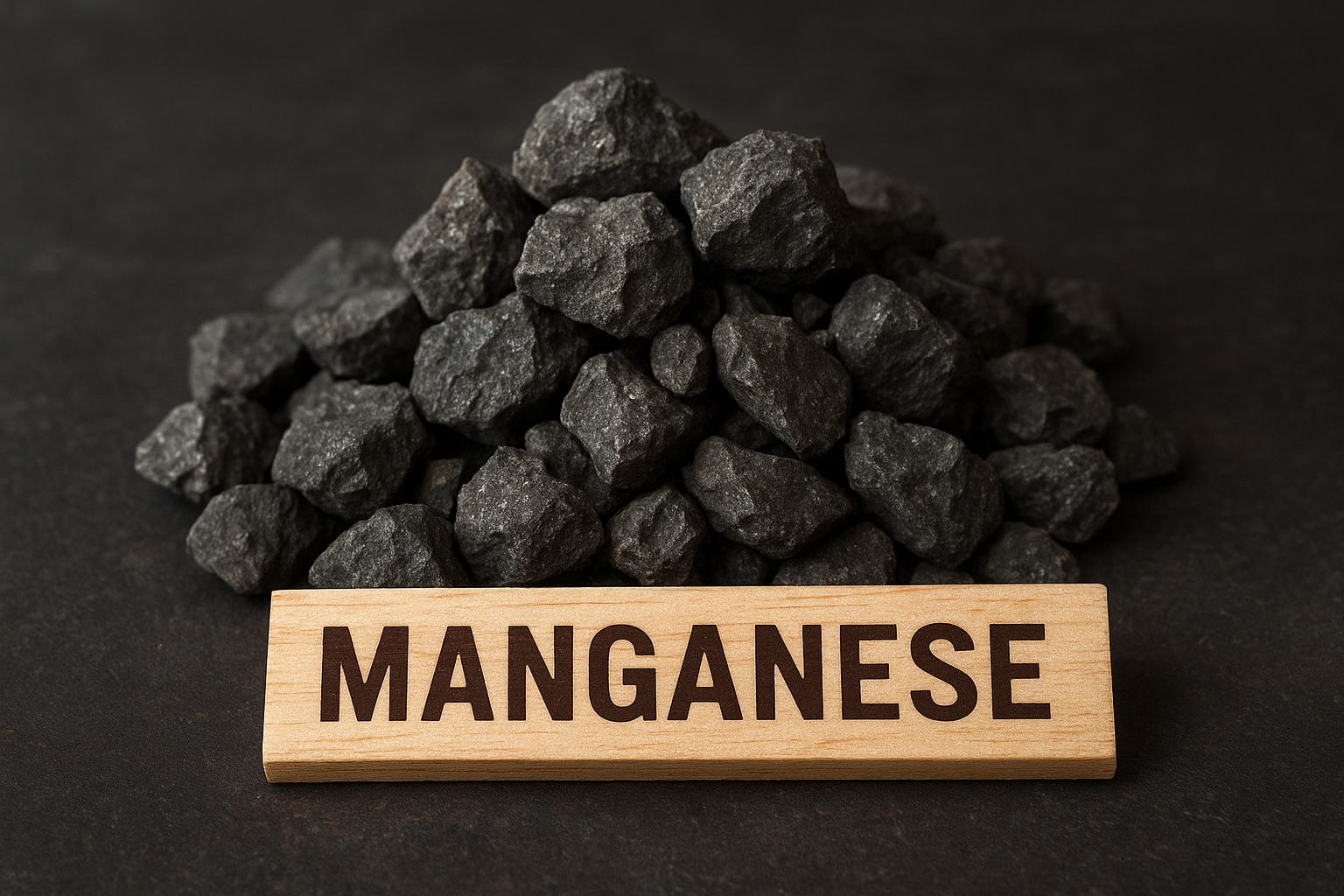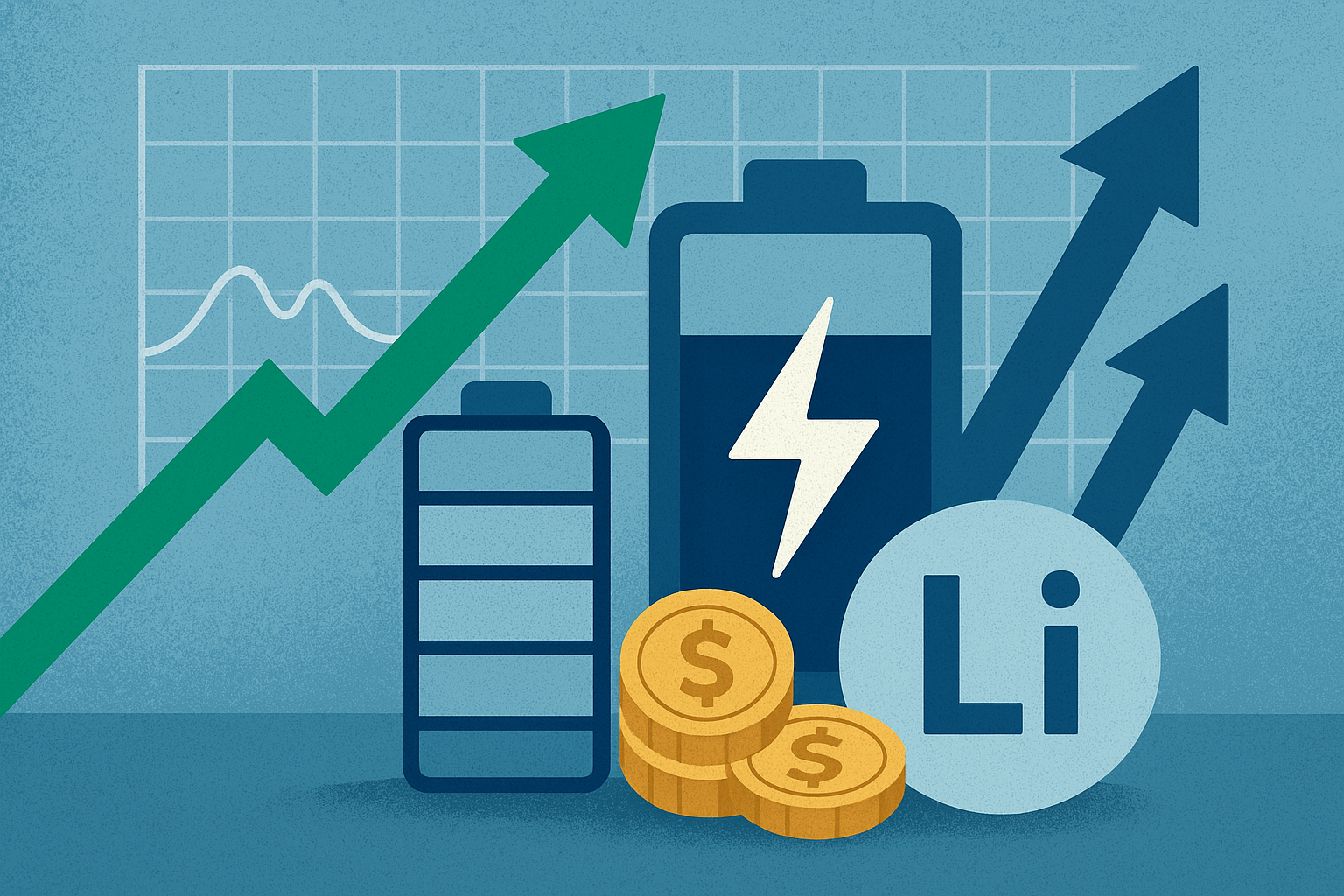Cobalt — one of the most critical components in electric vehicle (EV) batteries — is back in the spotlight. The Democratic Republic of Congo (DRC), which supplies roughly 70% of the world’s cobalt, announced that it will lift its eight-month export suspension starting October 16, but under a stricter quota regime. The decision is reshaping expectations for global cobalt markets and raising new questions about how much supply will actually reach refiners and battery manufacturers.
According to Finance in Africa, the new quota framework aims to restore partial export flows while tightening oversight of production, environmental compliance, and taxation. Yet, even before the official restart, major producers and end-users are warning that this policy pivot may trigger a fresh round of price volatility across the energy-metals complex.
Congo’s New Rules Tighten the Flow of Global Cobalt
Under the updated system, exports in 2025 will be capped at roughly 18,000 tons, with a gradual increase to around 96,600 tons between 2026 and 2027, according to African Mining. That is significantly below pre-2024 levels, effectively introducing a form of managed scarcity. The government argues the move is designed to boost in-country refining capacity and ensure “value addition” before cobalt leaves Congolese borders.
For battery and EV supply chains, the implications are immediate. Any shortfall in shipments from the DRC — already grappling with infrastructure bottlenecks and political uncertainty — can ripple through global supply chains, tightening availability of refined cobalt sulfate used in lithium-ion batteries.
In parallel, Mining Weekly reports that China Molybdenum Co. Ltd. (CMOC), one of the world’s largest cobalt producers, has cautioned that if prices spike too sharply, automakers and battery producers may accelerate their shift toward nickel-rich or cobalt-lite chemistries, such as NMC 811 and LFP batteries.
Why This Matters for Investors
For investors, this development represents both a supply-side opportunity and a structural risk.
- Tightened Supply = Short-Term Price Support
The cobalt market had been languishing amid a two-year surplus and declining demand from Chinese battery producers. The DRC’s quota policy abruptly reverses that narrative. Reduced export volumes are likely to lift spot prices, particularly if enforcement remains strict. In fact, early market reaction already shows LME cobalt futures up nearly 8% week-to-date, according to preliminary data from Investing.com. - Substitution and Demand Elasticity
The long-term bullish case faces limits. Battery makers have become increasingly agile at managing input costs. If cobalt breaches critical price thresholds, companies like CATL, Tesla ($TSLA), and BYD ($BYDDY) could scale back cobalt intensity in their chemistries. As Benchmark Mineral Intelligence has noted, “for every sustained 10% increase in cobalt prices, battery manufacturers can cut cobalt use by roughly 5–7%.” - Concentration and Geopolitical Exposure
With nearly three-quarters of supply concentrated in a single jurisdiction, geopolitical or logistical disruptions in the DRC represent an ongoing systemic risk. For investors, diversification — across both geography and mineral exposure — remains key.
Future Trends to Watch
- Shift Toward In-Country Refining: The DRC’s policy mirrors a broader African trend toward resource nationalism and value capture. Watch for new joint-venture refinery projects with Chinese and European partners, which could alter trade flows by 2026.
- Price Volatility & Hedging: Traders and refiners are already adjusting forward contracts; cobalt’s realized volatility is now tracking at its highest level since 2021.
- Battery Chemistry Evolution: Automakers could accelerate the adoption of nickel-dominant (NCM/NCA) or cobalt-free (LFP) technologies, impacting cobalt’s demand curve by the late 2020s.
Key Investment Insights
- Short-Term Opportunity: Prices are likely to rebound sharply as export restrictions bite. Cobalt producers and traders with access to stockpiles may benefit from immediate supply-driven gains.
- Medium-Term Caution: Sustained price surges risk triggering substitution, reducing long-term demand elasticity. Investors should monitor R&D disclosures from major battery makers and chemical suppliers for early signs of this pivot.
- Strategic Positioning: Firms with vertical integration — such as Glencore ($GLEN.L) and CMOC — are better placed to navigate volatility. Pure-play cobalt juniors face higher risk but also higher upside if quotas tighten further.
As the world accelerates toward electrification, cobalt remains a critical yet increasingly contested element in the battery metals race. The DRC’s new quota system underscores a global realignment — one where resource sovereignty, technology evolution, and investor strategy converge.
Stay updated with explorationstocks.com for daily analysis on the commodities, metals, and mining trends driving tomorrow’s investment decisions.






